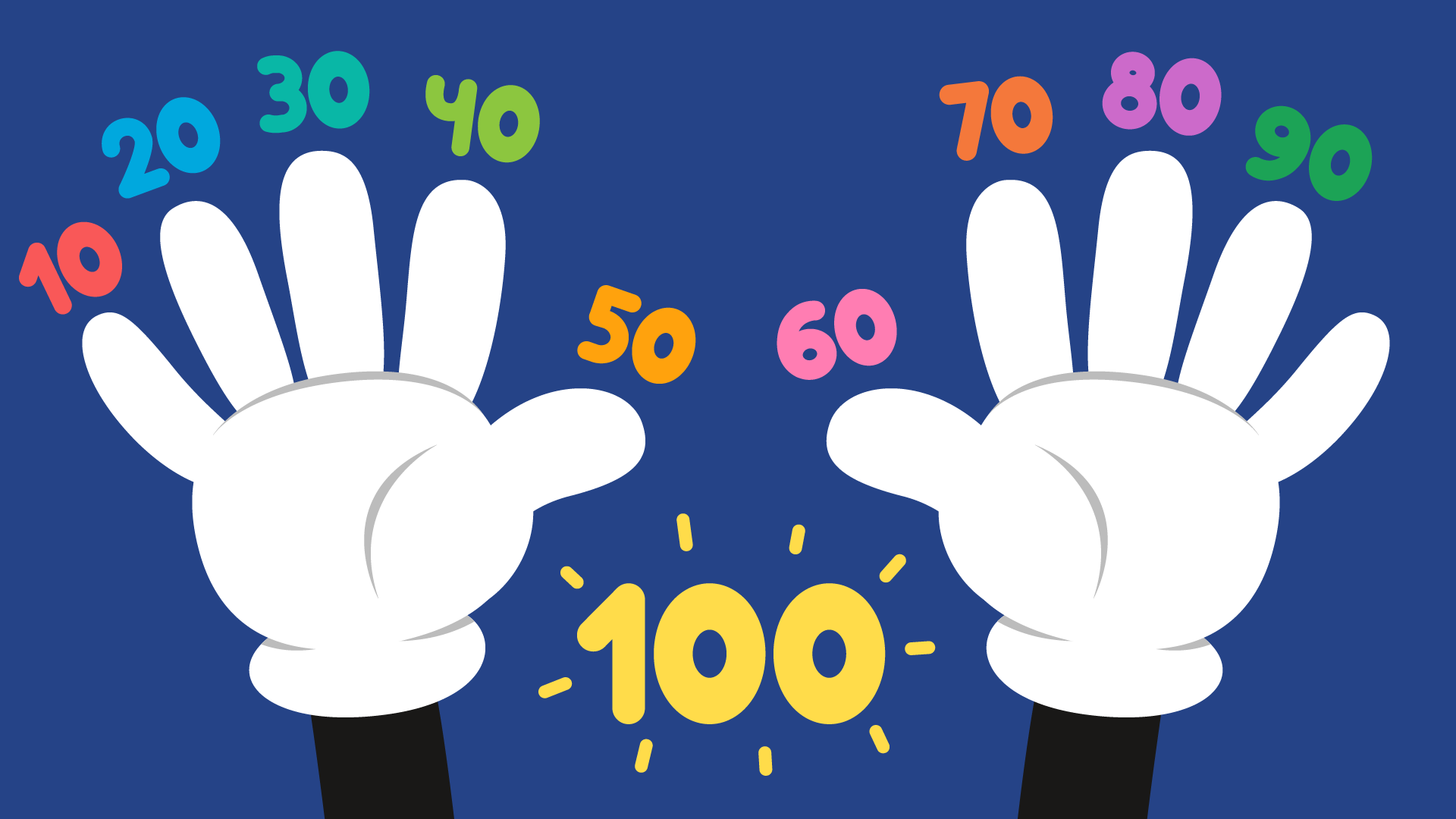Dyslexia: Some Manifestations and Techniques of Its Overcoming
Feb. 22, 2022
Sometimes in the process of learning reading a child experiences various difficulties. They do not disappear "by themselves" in the course of time. The difficulties remain at the same level (even in several years of learning). And the child's reading speed rarely reaches the level of the 2nd grade.
If a child preserves the general ability to learn, but the ability to master skills is disrupted, specialists talk about possible manifestations of dyslexia.
What problems can be observed in the process of mastering reading skills?
- A child does not understand what he has read. He cannot retell even a short text. It is difficult for him to answer simple questions about the text that reflect its meaning.
- A child cannot concentrate on the text, read and retell the information.
- A child has difficulties with:
- reading perceptionally similar letters (e.g. e and o, q and p, h and b);
- reading phonetically similar sounds; a child replaces or mixes them (voiced ‑ voiceless sounds), e.g. poy (boy), ko (go), toom (doom).
- A child tends to break the sound junction in a syllable and a word (so-called letter-by-letter reading is observed).
- A child often distorts sound-syllable structure of a word:
- elisions of consonants in consonant clusters (sool is read instead of school);
- elisions of consonants and vowels where there is no cluster (rainbow ‑ raibow);
- addition of sounds (children ‑ chilidren);
- rearrangement of sounds (captain ‑ tapcain);
- elisions, rearrangements of syllables (butterfly ‑ buttfly).

What techniques and games can help a child overcome dyslexia?
- Make the game "Cross out a letter" a part of their daily routine. For 3-4-5 minutes (depending on the degree of fatigue) a child searches for certain letters in any text and crosses them out. Keep in your mind that the font should not be small. And it is necessary to start crossing out with vowel letters. When a child has learnt to find selectively necessary vowels proceed to crossing out consonants.
- Exercises aimed at slow reading with distinct pronunciation and copying a text are also good for overcoming dyslexia.
- The game "Recognition of letters". Ask a child to screw up their eyes. You "draw" a letter on their palm. A child recognizes it according to their feelings.
- The game "Invent a letter". Using wire, thread, plasticine, etc. ask a child to add a missing element of a letter, transform a letter by changing its elements. For example, from N make M, from P make B, from E make H.
- The game "What has changed?" Lay out 3-4-5 letters and ask a child to remember their position. Then the child turns away (closes their eyes) and you change the position of the letters, hide one letter or lay out another letter. The child should decide what has changed and change it to the original version.
- Draw a simple chart with syllables. Offer a child to read the syllables in different directions: from bottom to top, then from left to right, diagonally, etc.
- Games with syllables.
- Put cards (or cubes) with syllables on the table. Ask a child to find an odd syllable and explain why it is odd. For example, in the word GO-MO-PO-NE an odd syllable is NE because in the other syllables there is the same vowel O.
- Syllables are "mixed". Ask a child to make up a word using different syllables. For example, from the syllables TU-RE-FU make up the word FU-TU-RE; from the syllables GEL-AN make up the word AN-GEL.
- Reading words shaded in a contrasting color.
- Reading words printed in dotted line.
- Reading lines with their closed lower half and/or the upper half.
- Searching for given words in the text. First, a child searches for and circles the words written on the sheet by an adult. Then, you can complicate the task. You pronounce words and a child hears and finds them.
- Reading every other word in a text. First, make a hint. Cross out with a pencil the words that should be skipped in the text while reading. Then, a child should read every other word in a text without any prompt. This exercise creates a feeling of increasing the reading speed, develops arbitrary attention.

These exercises improve the operations and abilities that are integral elements of the reading skill. Performing such exercises turns reading into an unusual and entertaining activity.
When you teach a child to read, remember a few basic rules:
- Do not demand reading speed from a child. It is an absolutely irrelevant indicator of the quality of the reading skill. It has been criticized by psychologists and speech pathologists for a long time.
- Remember that you cannot give exercises including a text with errors that should be corrected. A child should have an absolutely correct visual image of the word.
- Do not concentrate on the amount of exercises. It is better to offer fewer exercises but more qualitative ones. Use short, child-friendly, emotionally colored texts. At the first stages pay more attention to oral speech. These exercises are aimed at the development of phonemic perception, sound analysis of the word.
It is important to praise a child even if he has little success. In no case scold a child even if he is not able to succeed. The most optimal is a state of calm and confidence in the success. It will contribute much more to good results.

About the author
Germany, Ratingen.
Links and references:
- Sirotyuk, A.L. Correction of schoolchildren learning and development / A.L. Sirotyuk.‑ M. : Sphere, 2001. – 80 p.
- https://dyslexiarf.com/
- Kornev, A.N. Methods of dyslexia diagnostics among children: methodical manual / A.N, Kornev O.A. Ishimova. ‑ St. Petersburg : Publishing House of the Polytechnic University, 2010. . – 70 p.
- Akhutina, T.V. Neuropsychological diagnostics, examination of junior schoolchildren`s writing and reading skills: methodological guide T.V. Akhutina, O.B.Inshakova. ‑ M. : V. Sekachev, 2008.‑ 132 p.
- Borodina, O.F. Dyslexia: ways to identify and overcome it / O.F.Borodina. . ‑ Mode of access: https://urok.1sept.ru/articles/626077. – Date of access: 10.02.2022.
- Kerkhoff, G. Erworbene, visuell bedingte Lesestörungen. Standardisierte Diagnostik und Therapie mit READ / G. Kerkhoff, Ch.Marquardt // Der Nervenarzt. 12. Auflage. Nr. 80. Springer, Berlin / Heidelberg Dezember 2009.
- Fischer, B. Die Bedeutung der Blicksteuerung bei der Lese-Rechtschreibschwäche / B. Fischer, B. Monica, K. Hartnegg // Sprache Stimme Gehör. Bd., Nr. 22, 1998.
- Karlheinz, B. Gruppentest zur Früherkennung von Lese- und Rechtschreibschwierigkeiten. Phonologische Bewusstheit bei Kindergartenkindern und Schulanfängern (PB-LRS) / B. Karlheinz, G. Berthold / ‑ Reinhardt, München 2004.
- Kornev, A. N. Reading and writing disorders among children / A. N. Kornev. ‑ 2nd ed. ‑ St. Petersburg, 2003.‑ 330 p.












